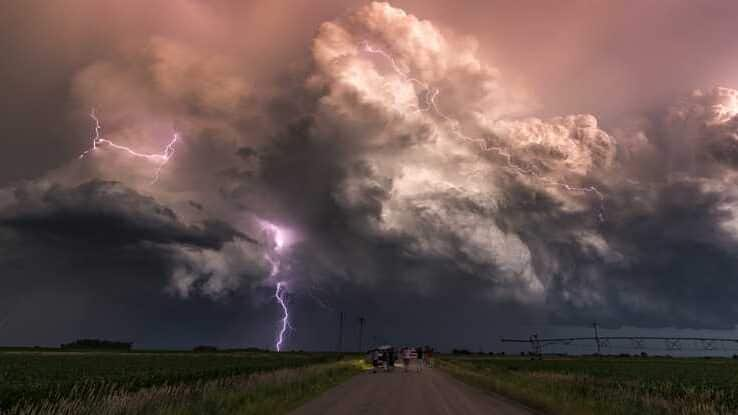
Air pollution linked to increased lightning frequency during thunderstorms
What's the story
A recent study by researchers at James Madison University (JMU) in Virginia has established a connection between air pollution, and an increase in lightning during thunderstorms. The team analyzed data from over 500,000 thunderstorms in Washington DC and Kansas City, spanning 12 years. They discovered that a higher concentration of fine particles or aerosols in the air is generally associated with an increase in lightning strikes.
Process explanation
Pollution particles act as cloud nuclei
Mace Bentley, a geographer from JMU, explained the process by which pollution affects lightning production. He stated that "pollution acts as cloud nuclei." Bentley further clarified that these particles are carried into the cloud through an updraft. The updraft and downdraft then separate these pollution particles, dividing the electrical charges in the cloud and leading to more lightning production.
Impact assessment
Particle concentration influences thunderstorm activity
The research team focused on PM2.5 (particulate matter of up to 2.5 micrometers) and PM10 (up to 10 micrometers) in the environment, comparing them with thunderstorm activity. They found that the concentration of these particles has a greater influence on lightning production than their size. However, there is a threshold beyond which an excess of particles in the air appears to decrease lightning activity, potentially due to energy loss within the storm.
Global impact
Urban pollution enhances thunderstorms globally
Bentley suggested that urban pollution's impact on enhancing thunderstorms and lightning is a global phenomenon. The study also revealed some intriguing patterns: thunderstorms were most frequent on Thursdays in both Washington DC and Kansas City. Additionally, when atmospheric energy was at its peak — influenced by factors like temperature and humidity — air pollution levels had the most significant effect on lightning strike frequency.
Research expansion
Future research will focus on pollution's impact
The researchers plan to expand their study to other parts of the world and include more measurements to assess aerosols' impact. They aim to compare urban initiated thunderstorms with those across larger regions, to evaluate pollution's effects. This research could provide valuable insights into how changes in air pollution levels may continue to alter weather patterns globally.